The story of Katalin Karikó and Drew Weissman, the winners of the 2023 Nobel Prize in Physiology or Medicine for their discoveries underpinning the mRNA vaccines against Covid-19, holds lessons for others pursuing radical ideas. In their article in Harvard Business Review, Paola Bellis, Assistant Professor in Organizational Behavior and Leadership and Innovation, and Roberto Verganti, Professor in Leadership and Innovation, draw on their interview with Karikó and those of others with Weissman and her, to extrapolate lessons on why pairs can be more effective in pursuing seemingly wild ideas and how to find someone to take the journey with you.
Imagine you have an unorthodox idea — one that challenges the dominant assumptions in your organization and industry. How do you develop it? Moving forward alone is hard. On the other hand, you are unlikely to attract or be provided with a large team to pursue an idea that most see as crazy.
The research by Paola Bellis and Roberto Verganti suggests that such radical thinkers thrive in a unique organizational setting by finding one other individual to work with — by operating in pairs.
The article “Got a Radical Idea at Work? Find a Partner.” recently published in Harvard Business Review, explores why and how a couple can help develop unorthodox ideas.
In addition to the interpretation of the story of Katalin Karikò and Drew Weissman’s – based on an interview and other sources – the study is based on more than 30 interviews with couples around the world and on the analysis of more than 60 famous cases, such as Steve Jobs and Steve Wozniak for the development of the personal computer, Daniel Kahneman and Amos Tversky, J.R.R. Tolkien and C.S. Lewis, to name a few.
Among the success factors of innovative couples emerge relational and behavioral aspects, such as the fact that daring to share a crazy idea is easier in the intimate space of working as a couple. Couples are also more resistant than teams to the difficult moments typical of radical innovation.
To read the complete article:
Got a Radical Idea at Work? Find a Partner” – Harvard Business Review








